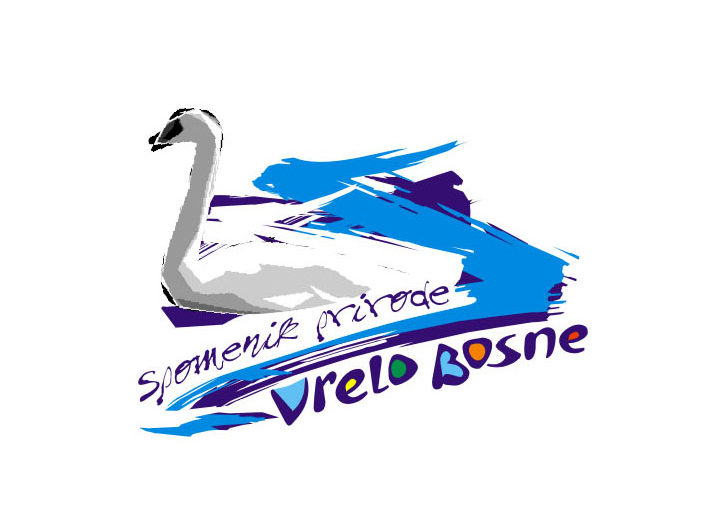It is impossible to draw the border between Bentbaša and Sarajevo, the real, material, as well as the invisible, in memory. The reason is extremely simple: that limit does not exist! Sarajevo and Bentbaša are inseparable things, completely fused and grown into each other. When you say Bentbaša, you mean Sarajevo and vice versa. From the very beginning, they pull each other as a harmonious family, in sevdalinke and pop songs, in oral and contemporary stories.
Bentbaša is a unique combination of natural and cultural-historical values. Among the cultural and historical values,these stand out, the Kozija ćuprija, the beginning as well as the beginning and the end of Sarajevo.
The richness of nature of this area, which attracts a large number of people, is reflected in the resources of quality drinking water, thermal waters, forests, agricultural potentials, attractive locations for tourism and recreation, as well as many cultural and historical heritage.
